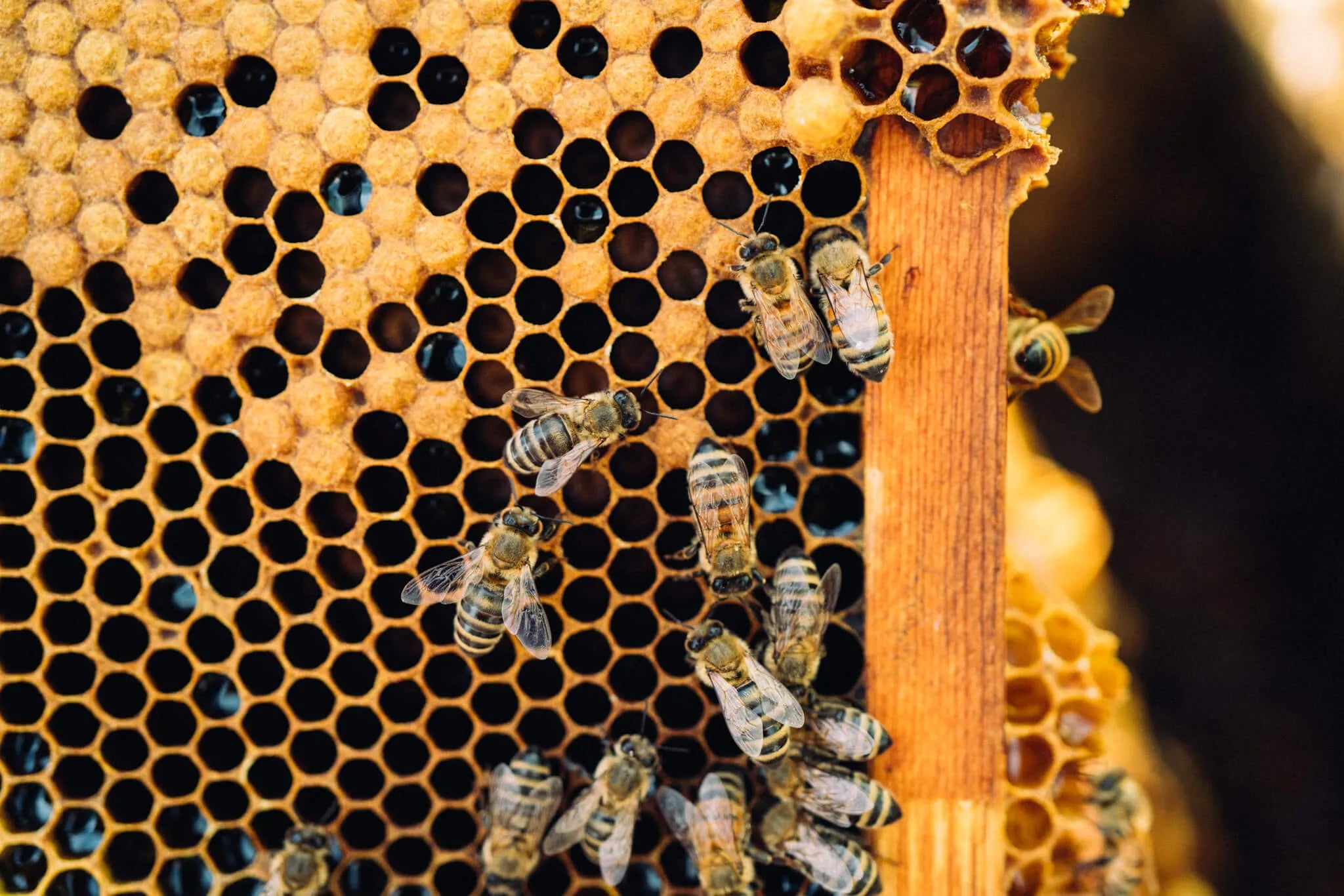Bee Hugs: A Winter Survival Strategy
Beekeeping
Ahh, winter. The time of the year when the mornings are chilly and the mosquitoes are finally gone. But wait... if mosquitoes are gone, does that mean bees are gone too?
Don’t worry. The bees are fine. If you’re asking, “Where did the bees go?”, the answer isn’t “far south”, like other animals and insects that migrate. Instead, they’re right where we left them.
See, bees like to stay cozy. They have a unique and fascinating approach to staying warm and snug during the winter season: a giant bee hug. But before they get to snuggling up, they have a lot of work they have to do first.
The Rebas of the Insect World
Honey bees begin preparing for winter throughout the late summer and fall. Female worker bees — the hive MVPs — begin stockpiling honey so the colony can make it to spring. And if that weren’t enough, in true Reba fashion, they work two jobs, love their kids and never stop.
And speaking of kids: in the winter, bees raise a special extra-plump brood to help them survive the winter. Winter bees are fatter and live longer, making their bee hugs extra warm and longer lasting.
No Boys Allowed
As winter approaches and the mercury drops (no, not the one in retrograde), the hive undergoes a transformation. The female worker bees kick the males to the curb, so the remaining food goes to their babies and queen. Seems hardcore that they basically just killed their husbands, but that way, their precious honey is conserved.
Bee Hugs Beat Bear Hugs
When the cold winter chill sets in, it’s now the winter bees’ time to shine by keeping the queen warm and well fed. They form what can only be described as a "winter cluster:" a massive and incredibly warm group hug. This extraordinary spectacle includes bees gathering around the queen and engaging in continuous fluttering and shivering to generate heat. Thanks to the entire colony, the queen bee stays cozy. While the temperature outside the cluster may hover around 50º F, the center of this bee ball can reach a toasty 90º. (Your dad’s nightmare.)
Fueling the Winter Cluster
Maintaining the winter cluster is demanding, and these bees have to stay fed to keep going. On warmer winter days, the cluster can buzz around the hive while they feast on their honey reserves. Depending on the severity of the winter and the colony's size, a hive can consume more than 80 pounds of honey before spring arrives. American beekeepers have to make sure there’s enough honey left behind during the fall to support the colony through the entire winter.
It's important to note that not all honey bees are the same, and some colonies don’t use the winter cluster strategy. In regions with warmer climates, like Florida, honey bees may not need to huddle together to stay warm.
If you think about why bees make honey in the first place – long-term food storage – you realize why honey doesn’t expire like other foods: it’s basically the hive’s refrigerator. Bees make honey to last months and months, and for us humans, it can often last years without spoiling. Does honey have an expiration date? Yes, technically. But if it’s kept in a cool, dry place with a tight lid and without moisture, it will just harden – not spoil.
And the Cycle Continues...
As the temperatures begin to rise, and we start busting out our shorts, honey bee colonies go back to producing summer worker bees — and foraging for nectar. These newborns will start collecting pollen and nectar, starting the cycle again and preparing for the next winter. Which, if you’re interested, you can read about in our recent blog, Unveiling the Mystery of Why Bees Make Honey.)
Honey bees’ ability to form a winter cluster and provide a warm and nurturing environment for their queen bee is nothing short of #familygoals. For them, a simple hug is the difference between life and death. That’s a whole new level of warm fuzzies.

